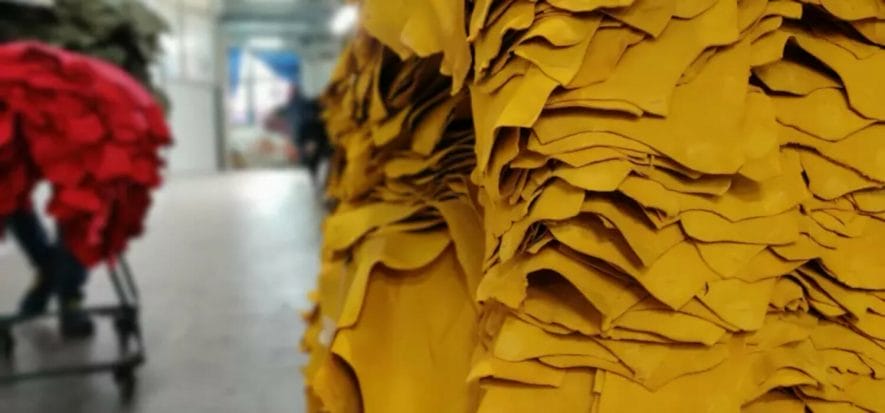To not use leather so that animals won’t be slaughtered. This is a statement dear to the veg believers. A claim that, surprisingly, still has pull among the operators of the fashion segment. But that’s not the truth. Without tanning’s upcycling activities, hides would be reduced to a waste product created by the livestock industry. And they would either end up in landfills or burnt to produce electricity.
This is confirmed, again, by the study conducted by Gary W. Brester (emeritus professor of Agricultural Economics at Montana State University) and Kole Swanser, agricultural economist. Analyzing the data from the US meat and leather industries for the past 25 years, the researchers concluded that the market trends of the former were not influenced by those of the latter. “Hides are one of many byproducts that result from processing cattle – comments Mr. Brester – and they don’t directly influence the US cattle industry”.
Conversely, if the tanning industry was to disappear (as many hope), the system would be left to face “an environmental problem”, because raw hides would go from byproduct to waste.
The study
The study analyzed the relation between the livestock industry and the tanning segment for the last 25 years. What emerges is that the raw hides’ market has experienced alternating results. The numbers related to bovines are, on the other hand, nearly unvaried. This report thus answers to those that think of hitting livestock farms by eliminating leather from fashion and design. Only thing that could be achieved from an action such as this, considering a lively livestock industry, is that of ruining a solid circular economy mechanism.
Without tanning
As of today, says the study, tanning is to be thanked for the recovery of 85% of bovine hides that are currently produced in the United States. Without tanning, 33 million hides would need to be burned or put in landfills, with a consequent additional 750,000 tons of CO2 being emitted every year. Furthermore, all US landfills, says the report, will likely be full in 4 years.
“The more the populations become urbanized, the less they understand agricultural dynamics. This translates into wrong beliefs – states Steve Sothmann, president of LHCA (The Leather & Hide Council of America) -. For example, the fact that not manufacturing “fake leather” would actually be good for the environment and could mean a negative impact on the cheese and meat segments”.
To those that don’t listen to the (scientific) reasons behind tanning, Mr. Sothmann states that “eliminating leather damages the planet, because it means more waste, more GHG emissions and, as a consequence, an additional demand for alternative materials that are, often enough, more polluting”.
Read also:











